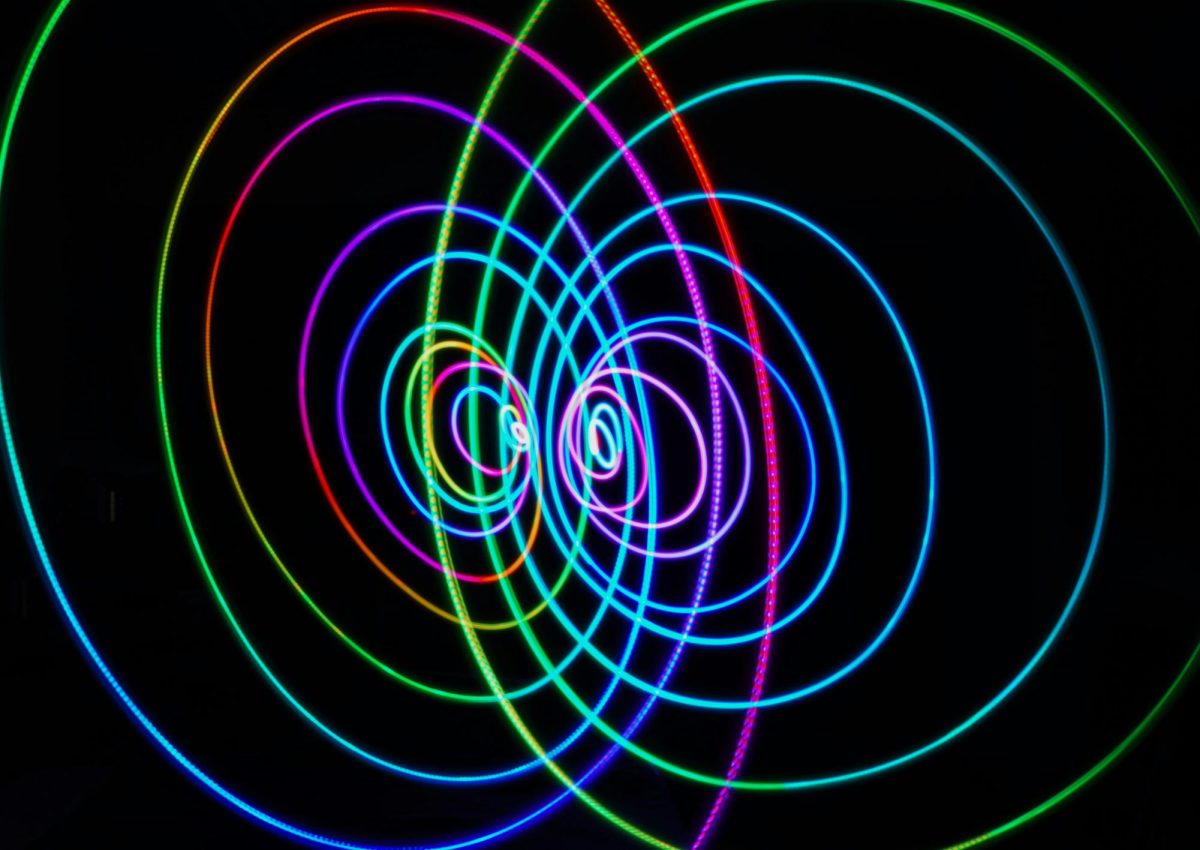Note-taking is an essential part of the learning process for almost every student, whether in class or at home, however, with the rise of new note-taking technologies like iPads, the traditional pen-and-paper method seems to be fading into the background. For many experts, this raises an important question, is one note-taking method better than the other? Is there an actual difference between digital and physical note-taking? Does it allow for more retention, or is there no difference at all? To shed light on these questions, this article compiles studies that explore the advantages and disadvantages of both traditional and digital note-taking methods.
One of the most compelling benefits of the traditional note-taking method is the reduction of distractions. A 2022 assessment showed that around ⅔ of students are distracted by technology in class. By reducing the temptation and accessibility to distracting content and devices one could claim that students learn faster and retain a larger amount of content.
However, suppose students have access to other technologies during lessons such as laptops. In that case, this argument becomes somewhat irrelevant as even if students opted for pen and paper, they would still have access to other potentially distracting technologies.
A recent study from the University of Tokyo from 2021 revealed that writing on physical paper was associated with more brain activity, leading to higher memory retention and recall when compared to note-taking methods such as iPads or smartphones. The study claims that “the unique, complex, spatial and tactile information associated with writing by hand on physical paper is likely what leads to improved memory”. Moreover, though less relevant for high school students, studies show that writing by hand, especially at a young age, leads to a higher retention and accuracy rate of spelling. Furthermore, students who were prompted to write paper essays composed longer and higher quality work, compared to those who used digital methods.
Thus, one could claim that recent research supports the conclusion that paper note-taking methods are more effective for recall and retention when compared to digital methods.
Despite the benefits of paper, digital note-taking – especially with an iPad – also offers significant advantages. One of the key benefits is organization – through different note-taking apps, the most popular note being Good Notes, it becomes much easier to categorize, organize, and plan notes in one place, reducing stress and increasing efficiency. These types of digital methods also provide flexibility: allowing for the rearrangement of notes, and increasing students’ comprehension of said notes.
Moreover, from an environmental standpoint, digital note-taking is more sustainable. A study from the environmental paper network found that 7 hours of note-taking on an iPad is equivalent to a singular sheet of paper in terms of the production of greenhouse gases. Thus, making digital note-taking methods the more eco-friendly alternative.
While numerous studies have compared traditional pen-and-paper note-taking with digital methods (often focusing on typed notes), the specifics of these studies are important to consider. Many research studies have not fully examined the nuances of digital note-taking with a stylus (e.g., using an iPad with Apple Pencil). Instead, they often compare handwritten notes to typed ones, which have been shown to result in lower retention and recall. Thus, the research comparing digital note-taking with a stylus to traditional handwriting remains sparse.
Ultimately, the decision between pen and paper versus digital note-taking depends on personal preference and the individual’s needs. As more studies focus on the specific nuances of digital stylus note-taking, we may better understand which method is best for different types of learners. Until then, both methods have their strengths, and it is up to each student to determine what works best for them.
All in all, while numerous studies have compared traditional pen-and-paper note-taking to digital note-taking methods (often focusing on typed notes), the specifics of these studies are important to consider. If these studies compared pen and paper to typed notes, which have been linked to lower retention and recall this would not equate to lower retention for digital notes on an iPad, as the mechanical and physiological impact have not yet been sufficiently explored. Further research would have to be conducted for conclusive findings regarding digital note-taking on an iPad. Until then, both methods present strengths and weaknesses and it is up to each student to determine what works best for them. Digital Notes vs. Paper Notes: What Science Says About Learning and Retention






